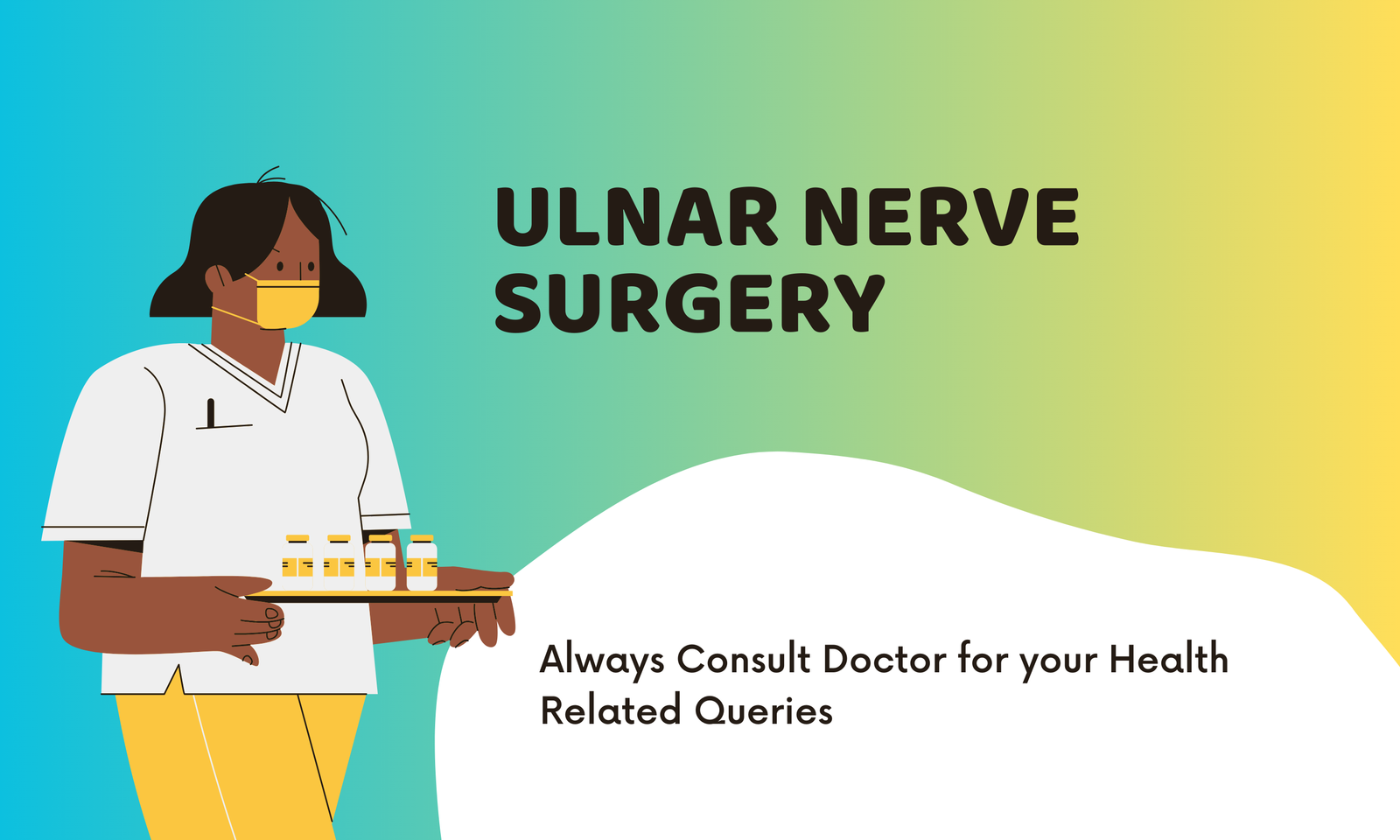
Ulnar nerve surgery, typically performed to alleviate symptoms associated with ulnar nerve entrapment, such as numbness, tingling, and muscle weakness in the hand and arm, can involve various procedures. The most common surgeries include ulnar nerve decompression or transposition. The success rate of ulnar nerve surgery can vary based on the type of procedure, the severity of the nerve compression, and individual patient factors.
- Success Rate:
- The success rate of ulnar nerve surgery, particularly in terms of symptom relief and functional improvement, is generally high, often reported to be between 70% to 90%.
- Success is typically measured by the reduction of symptoms like pain, numbness, and tingling in the hand and arm, as well as improved hand strength and function.
- Factors Affecting Success Rate:
- Severity and Duration of Nerve Compression: Patients with less severe or shorter-duration symptoms generally have better outcomes than those with long-standing or severe compression.
- Patient Factors: Age, overall health, and the presence of other conditions like diabetes can impact recovery and success.
- Surgical Technique: The specific technique used (decompression vs. transposition) and the surgeon’s experience can influence outcomes.
- Risks and Complications:
- Potential risks include infection, bleeding, continued or worsened numbness, and muscle weakness.
- There’s also a risk of nerve damage and development of scar tissue around the nerve.
- Recovery and Rehabilitation:
- Recovery time varies based on the specific procedure and the patient’s overall health. Many patients experience improvement in symptoms soon after surgery, but full recovery can take weeks to months.
- Physical therapy may be recommended post-surgery to regain strength and mobility.
- Long-Term Outcomes:
- In the long term, most patients experience significant and lasting relief from their symptoms.
- Some patients may require additional treatments or lifestyle changes to manage hand and arm health.
- Patient Satisfaction:
- Patient satisfaction following ulnar nerve surgery is generally high, especially among those who experience significant relief from debilitating symptoms.
Patients considering ulnar nerve surgery should have a thorough discussion with a neurosurgeon or an orthopedic surgeon specializing in hand surgery. This discussion should include an understanding of the potential risks, benefits, and expected outcomes based on their specific condition and overall health. It’s important for patients to have realistic expectations about the surgery and to understand the importance of postoperative rehabilitation for achieving the best possible outcomes.

